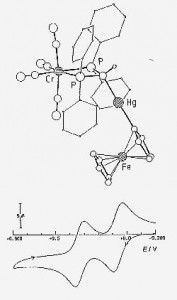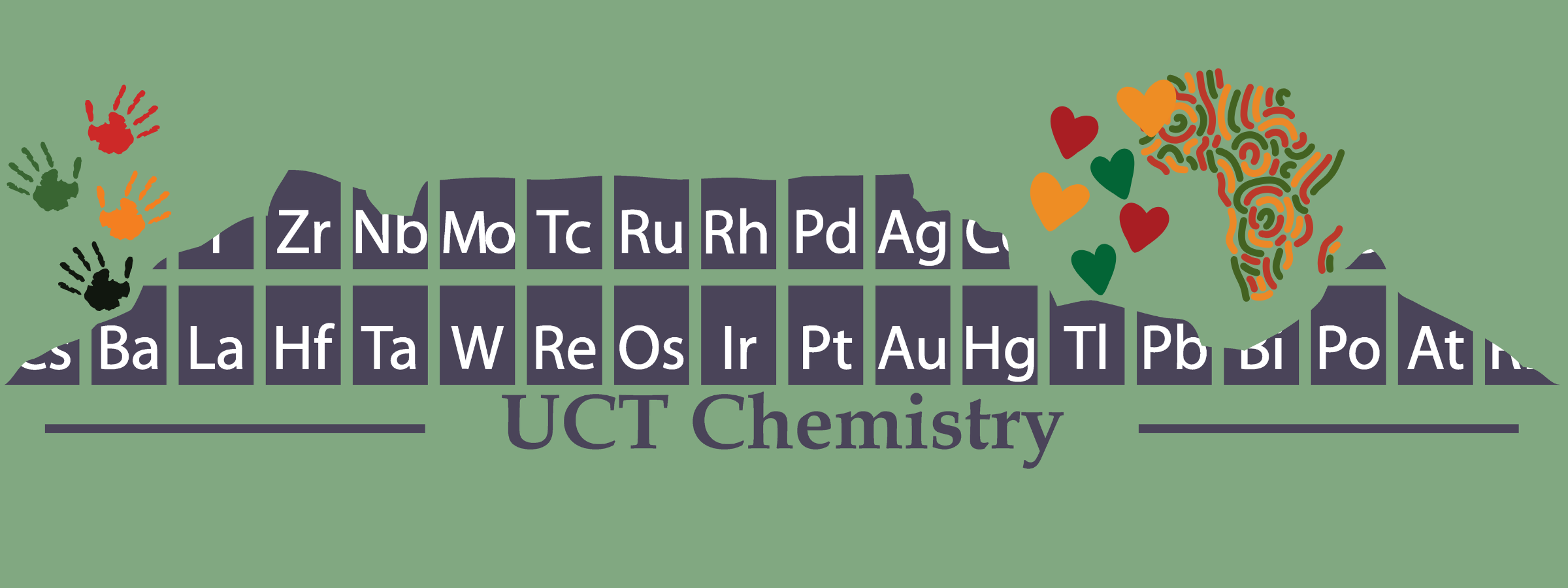Assoc Prof Alan Hutton
7.09, PD Hahn building, upper campus
Biography
- BSc Honours (1977), MSc (1978), PhD (1980), University of Cape Town, RSA
- Postdoctoral Research Fellow (1980-1983), University of Leeds, UK
- Research Officer (1984), University of Cape Town, RSA
- Lecturer (1985), University College of Swansea, UK
- “New Blood” Lecturer in Inorganic Chemistry (1986-1989), The Queen’s University of Belfast, Northern Ireland, UK
- Scientific Editor (1993-1996), S. Afr. J. Chem.
- Titular Member of the IUPAC Commission on Nomenclature of Inorganic Chemistry (2000—present)
Research Interests
New materials (organic or inorganic) with photochromic, photoconducting, electrochromic and/or liquid-crystalline properties: the approach is to combine novel molecular phenomena (isomerisations, rearrangements, etc.) with suitable atom or molecule layer sequences to produce new solids or thin films having applications in the areas of molecular switches, optical information storage, and microelectronics. Synthesis, structure, and reactivity of organotransition metal and coordination compounds, with particular regard to their photochemistry and related electrochemistry, and their applications in catalysis. Polyphosphine ligands are of particular interest (31P NMR). Structure–activity correlations in organometallic and coordination compounds (by single crystal X–ray diffraction analysis).Design and synthesis of metal-specific chelating reagents for use in solvent extraction and determination of trace metals; of special interest are the analytical reagent dithizone and related thiocarbazone and formazan ligands. Two further interests are in the applications of microwave technology to chemistry and in the chemistry of waxes, particularly the oxidation of waxes.

The molecular structure of the heterotrimetallic complex [Cr(CO)4{Ph2PCH(HgR)PPh2}] (R = ferrocenyl) as determined by X-ray diffraction (above) and its cyclic voltammetric behaviour in CH3CN at a platinum electrode (below).
Representative Publications
- Photochromic long-chain organomercury(II) dithizonate complexes in the azomethine series. N. L. Cromhout and A. T. Hutton. Appl. Organomet. Chem. 14 (2000) 66 and references therein.
- Saponification values of waxes by microwave instead of conventional heating. J. R. Beigley, A. T. Hutton, W. D. McLean. Org. Process Res. Dev. 3 (1999) 224.
- Organometallic dendrimers: synthesis, structural aspects and applications in catalysis. M. A. Hearshaw, A. T. Hutton, J. R. Moss, K. J. Naidoo, in Advances in Dendritic Macromolecules, Vol. 4 (Ed. G. R. Newkome) JAI Press, Greenwich, Connecticut (1999) 1-60.
- Synthesis and characterization of long-chain w -functionalized alkyl cobaloxime complexes. E. J. Starr, M. Naidoo, A. T. Hutton, J. R. Moss, J. Organomet. Chem. 526 (1996) 321.
- Organomercuration of the carbanion derived from [M(CO)4(Ph2PCH2PPh2)] (M = Cr, Mo or W); crystal and molecular structure of [Cr(CO)4{Ph2PCH(HgMe)PPh2}]. A. T. Hutton and F. Wewers. J. Organomet. Chem. 492 (1995) C14.
- p-Olefin complexes by b -hydride elimination. A. T. Hutton in Inorganic Reactions and Methods, Vol. 12 (Ed. J. J. Zuckerman) VCH Publishers, New York (1991).
